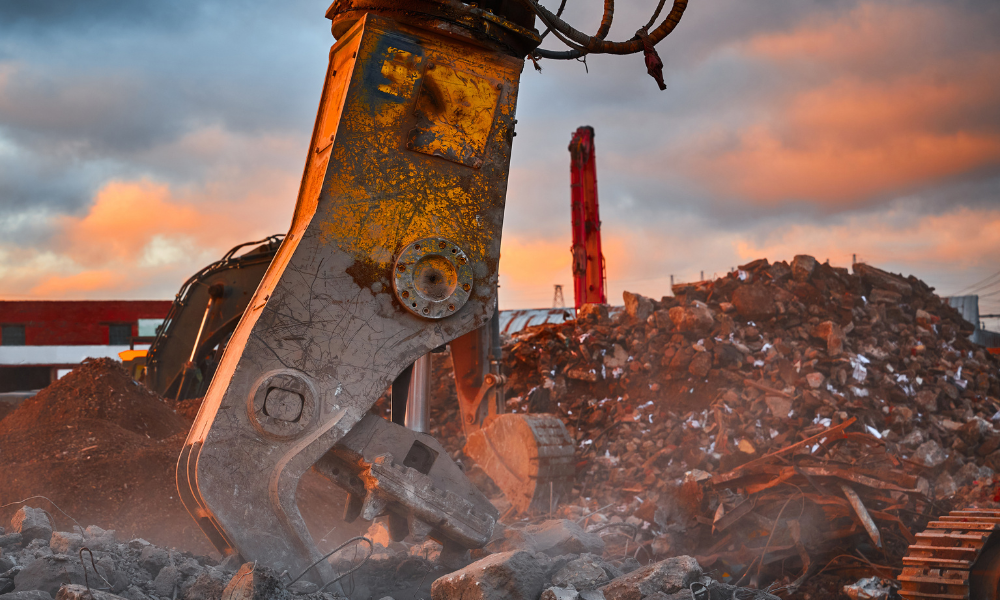How to integrate an environmental focus into health, safety & well-being programs


In today’s changing business world, the connection between sustainability and safety is gaining greater importance. More and more businesses are realizing that prioritizing the environmental focus in their health & safety programs is not a passing trend but essential for safeguarding their operations in the long run. Sustainable H&S measures do not just help minimize ecological footprints but also improve workplace safety, operational effectiveness and corporate image.
The link between sustainability and safety
Environmental responsibility and workplace safety go hand in hand. Sustainable safety practices ensure that safety programs and procedures are designed with environmental impacts in mind. This approach not only benefits the planet but also promotes a safer work environment.
An area where sustainability and safety intersect is in usage of materials. For example, personal protective equipment (PPE) products crafted from non recyclable plastics can have a positive environmental impact. Switching to eco-friendly alternatives like PPE made from biodegradable materials can greatly reduce waste. Adopting sustainable materials for safety equipment is a win-win: it supports environmental goals while preserving the safety and comfort of employees.
“Green” infrastructure
The physical work environment plays a crucial role in integrating sustainable H&S practices. Adhering to building standards, such as those established by the Leadership in Energy and Environmental Design (LEED) certification offers guidelines for developing environmentally friendly workspaces. These standards not only focus on energy efficiency and resource conservation but also focus on creating healthier spaces for workers. Features such as improved ventilation systems, natural lighting, and non-toxic materials contribute to both environmental sustainability and employee well-being. An excellent illustration of this integration is the utilization of low VOC paints and finishes in facilities. These products help reduce indoor air pollution benefiting both environmental health and employee safety and well-being.
Managing waste reduction
Effective waste management is another area where environmental responsibility intersects with safety. Proper handling, recycling and disposal of waste materials can prevent hazardous scenarios and minimize the overall environmental impact. Furthermore, providing training to employees on waste management practices not only helps in maintaining a clean and safe work environment but also encourages a mindset of environmental stewardship
The future
Looking ahead, incorporating environmentally sustainable practices into health, safety & well-being programs is likely to become increasingly crucial. With stricter regulations and evolving consumer expectations, more businesses will need to adopt comprehensive strategies that address both environmental and safety concerns. Through adopting sustainable practices organizations can improve operational efficiency, reduce their environmental footprint and simultaneously ensure a healthier & safer working environment.





